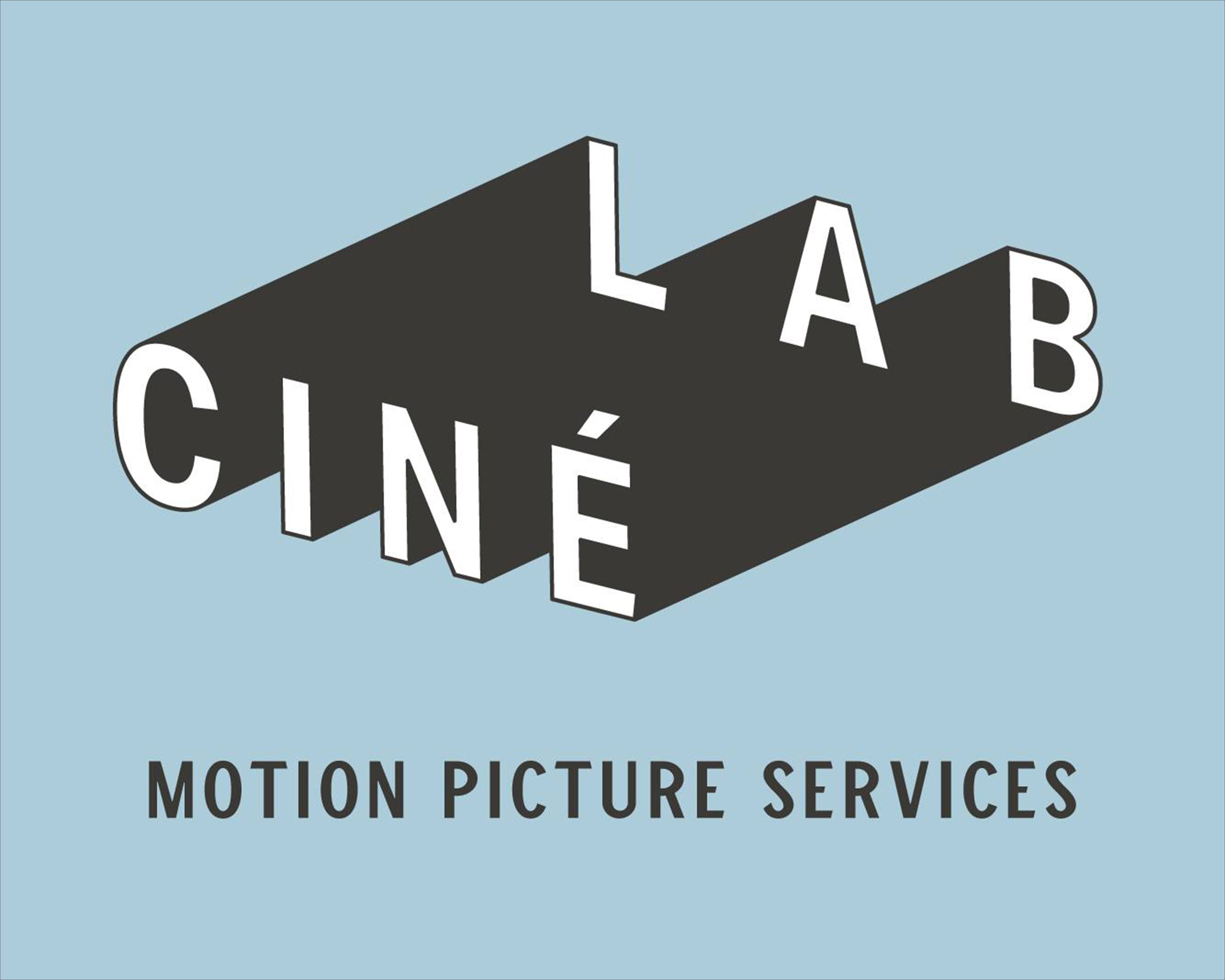"Reversal" means that during the processing, the image is reversed into a positive one so that you end up with an original piece of film with a positive image, originally designed for direct projection (like slide film.) Most film is "negative" and after processing, you end up with a negative image on the film (dark areas are clear and bright areas are dark) which then has to be printed so you can project a positive image. However, if this is just for transfer to video, then you can transfer a negative and the telecine will convert it automatically to a positive image.
Negatives have less contrast -- i.e. a wider, more natural exposure range. Reversal is very high in contrast. Now in b&w, reversal can look better in some cases because it looks sharper (due to the high contrast) and less grainy, with really deep blacks. However, it is also harder to expose correctly because of its limited latitude. A beginner will probably get more usable results with b&w negative, even though it will look softer and grainier. You can also shoot color negative and just turn off the color in the telecine transfer or later in post. Color negative will generally look less grainy than b&w negative. However, some people prefer the grain of real b&w film for b&w images rather than de-colored color photography.
If you shoot b&w reversal, make sure the lab you send it to does this type of processing.
As far as getting the processed film onto video so you can then import it into a Mac, there are a couple of ways, most being expensive unfortunately.
I suppose the cheapest but lowest quality results would be to shoot b&w reversal (since you end up with a normal positive image) and take it to one of those cheaper places that transfer old home movies to video, although they would have to be able to handle 16mm instead of Super-8. Basically those places use a projector pointed into a video camera.
A better but more expensive method -- and the most common -- is to use a TELECINE, which is a device for transferring film to video. They can handle either negative or positive film and go to any number of video formats. A few places will offer to transfer to hard drives instead of a videotape format.
One method would be to get the transfers onto DVCAM/Mini-DV tape, then import then using firewire from a DVCAM/Mini-DV deck or camcorder acting as a deck. You'd need editing software.





